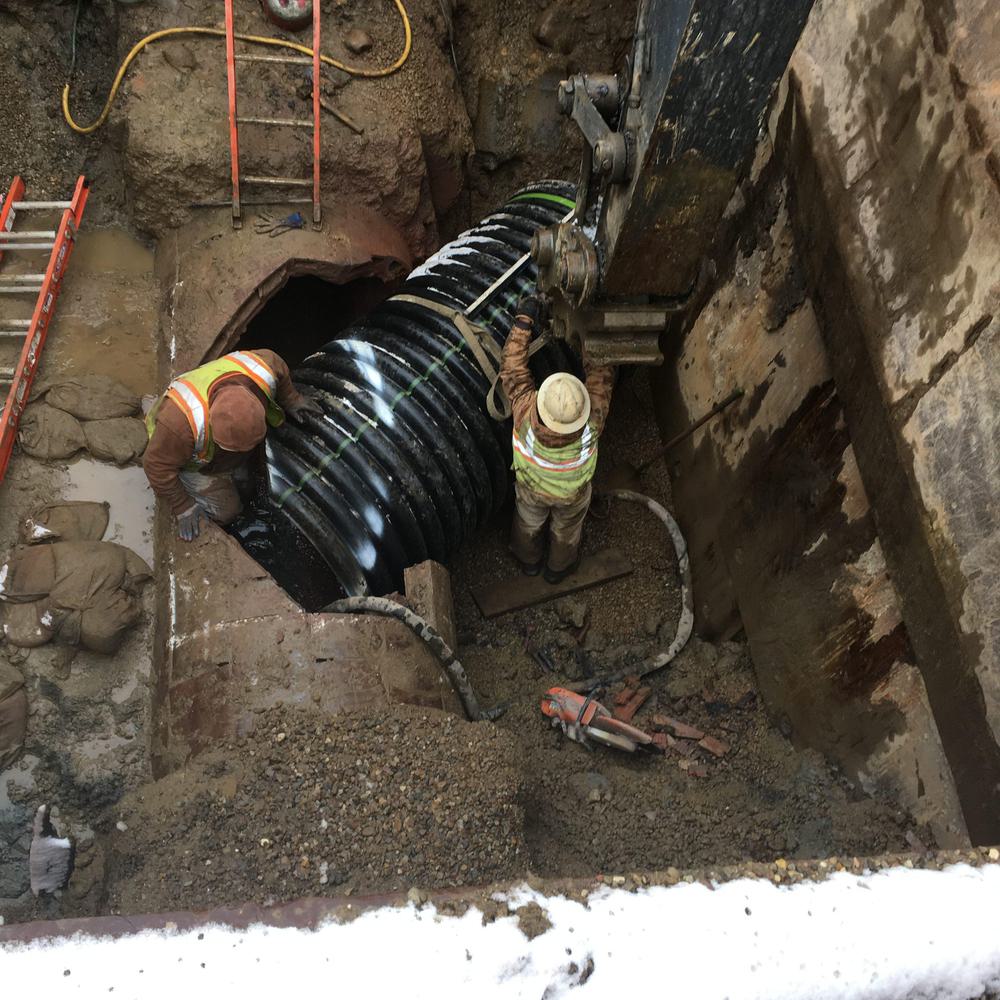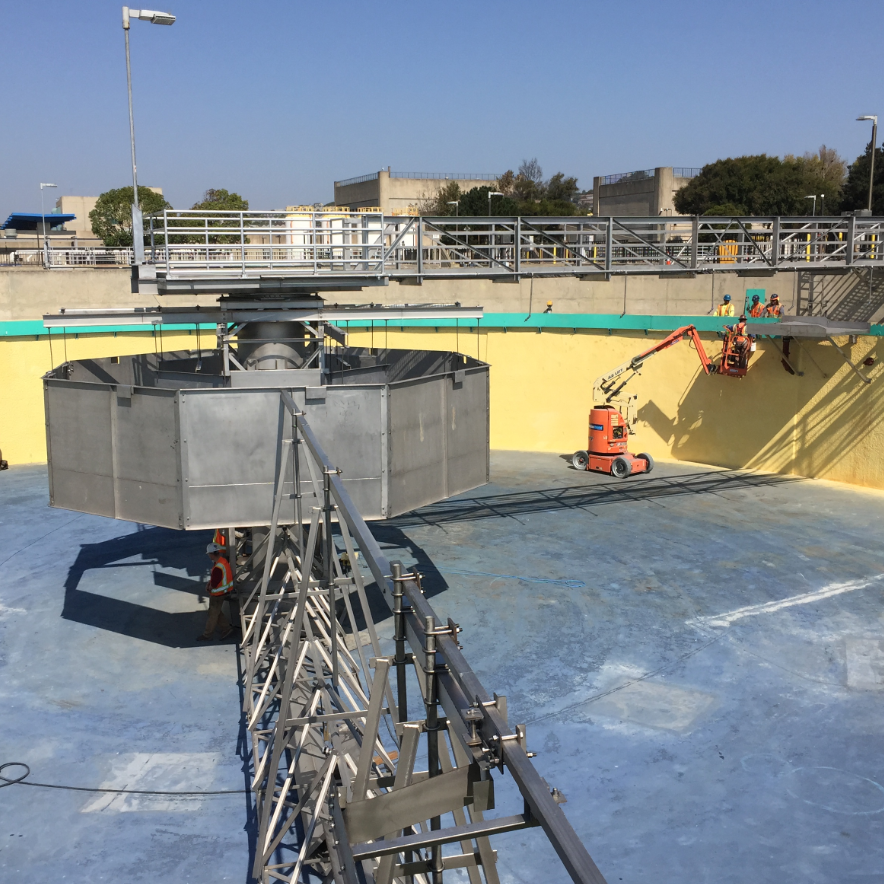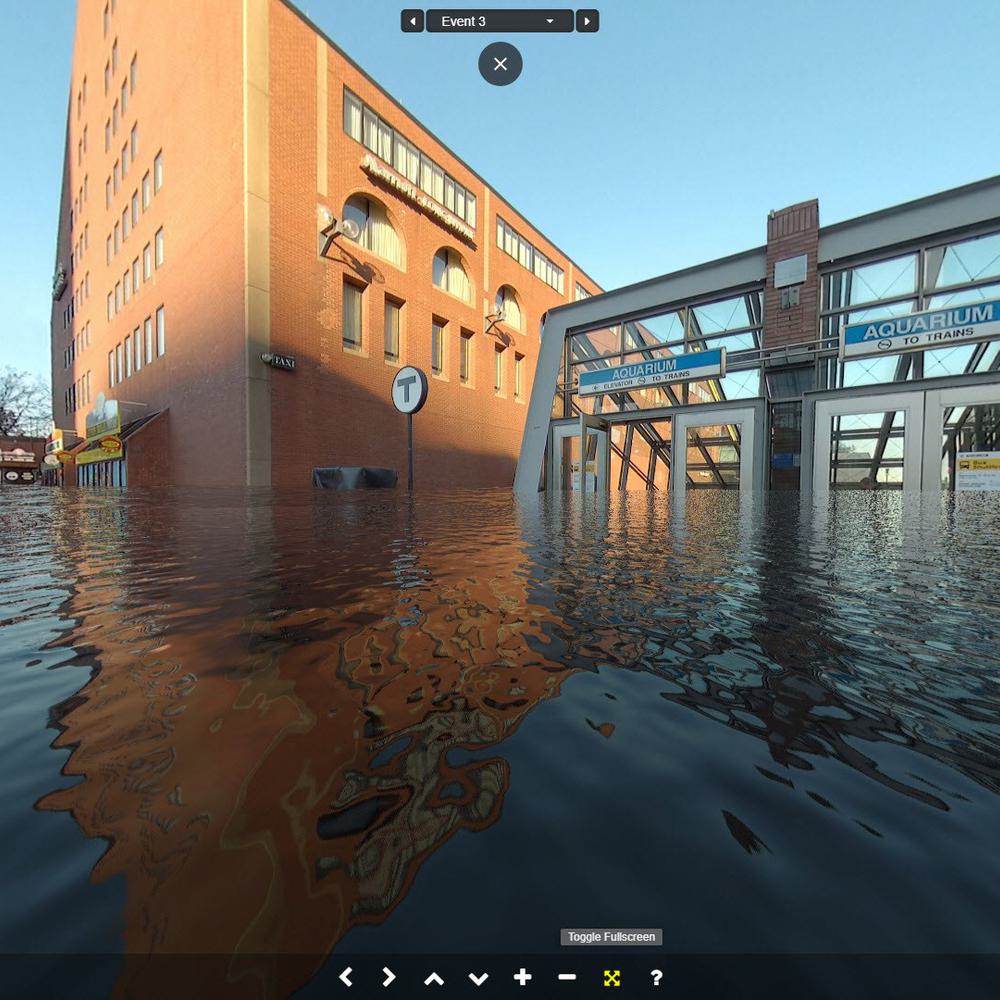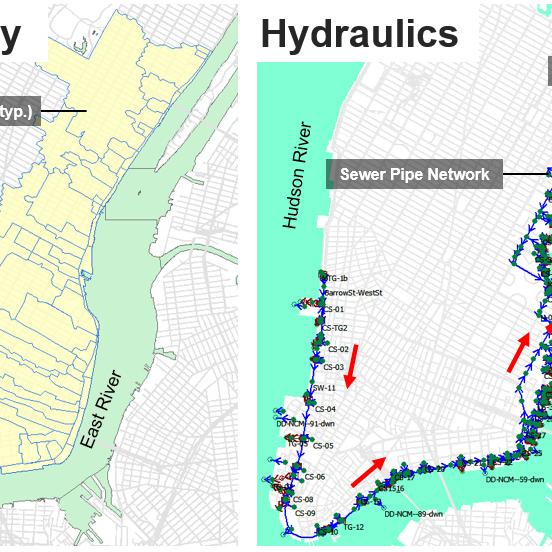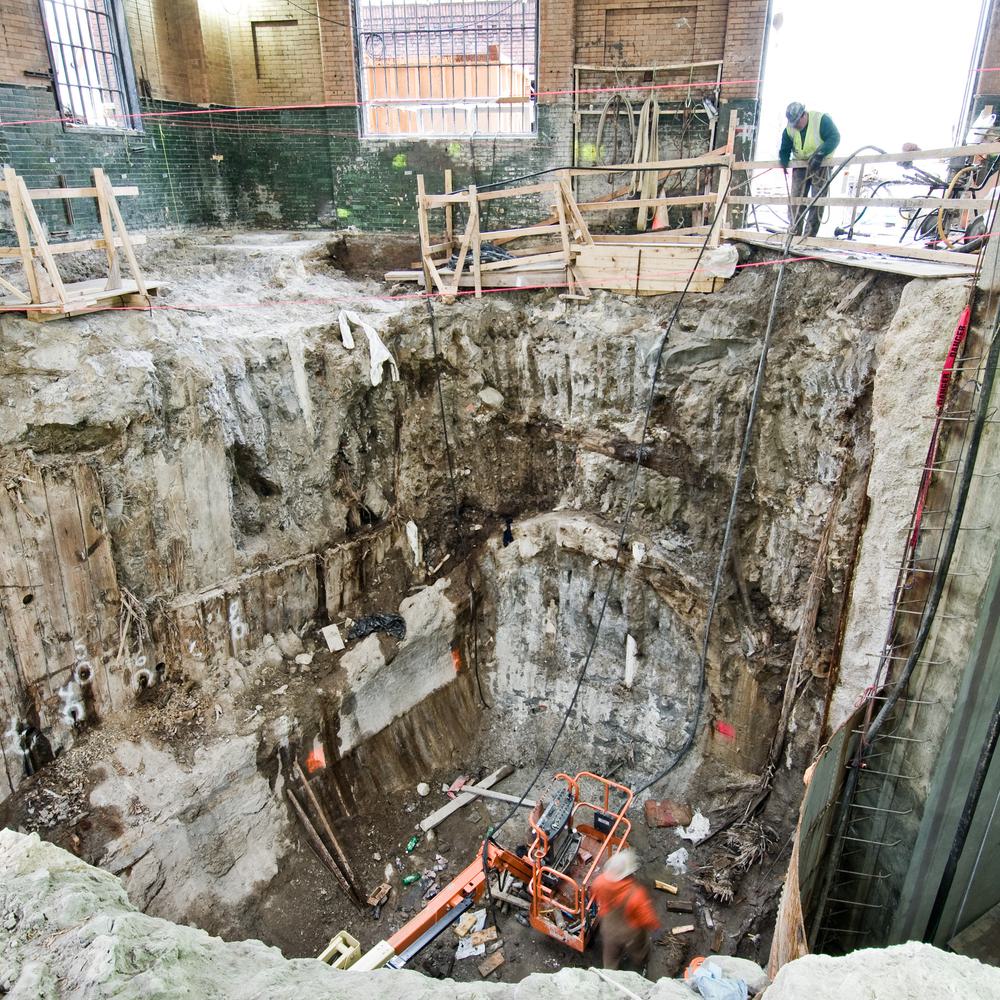City of Nashua CSO Screening and Disinfection Facility
Creating a fully automated facility that improves cost.
Our Work
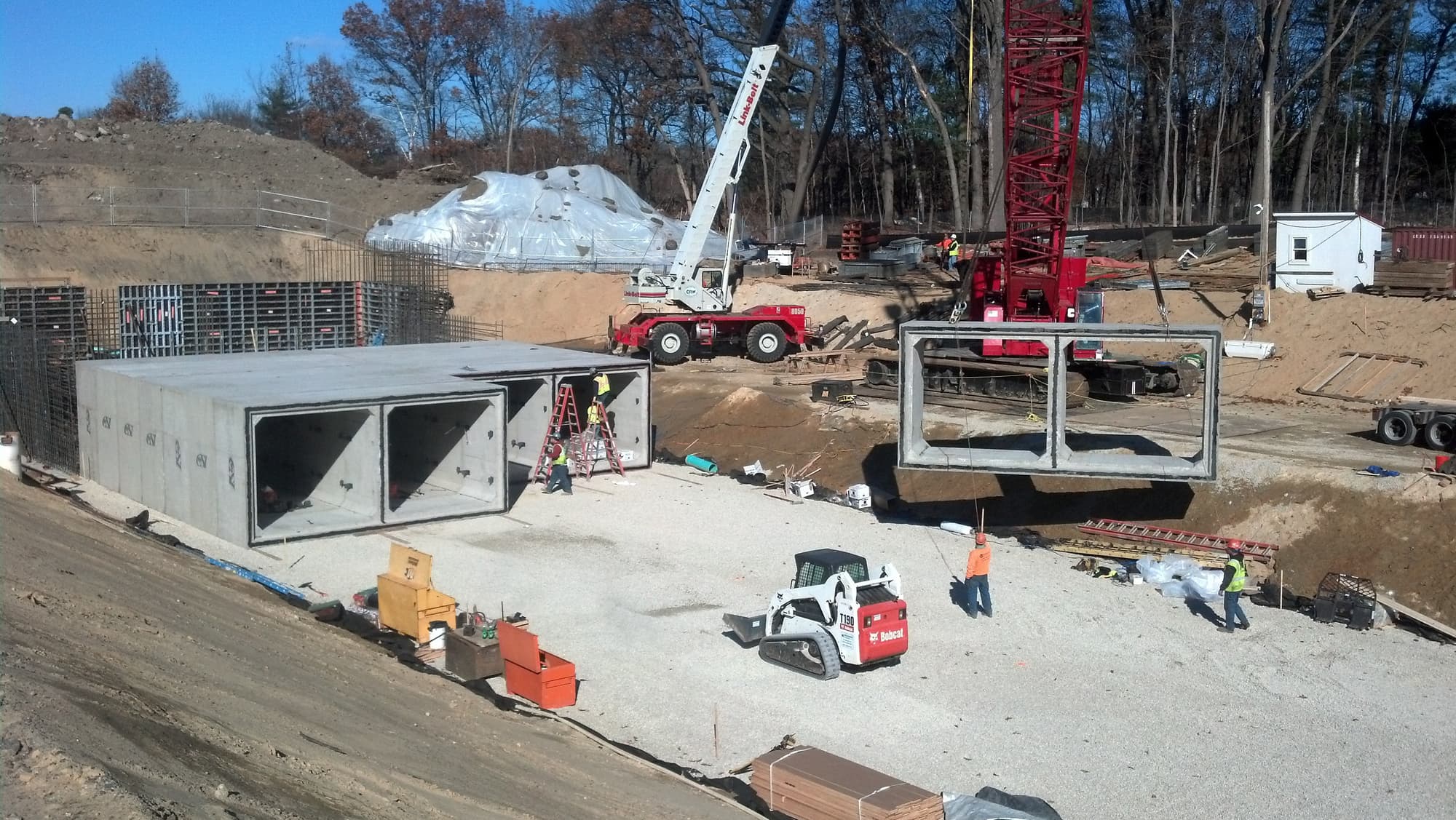
One of the final pieces of the City of Nashua’s 12-year, $80 million Long Term CSO Control Program (LTCP) was the design and construction of a Screening and Disinfection Facility (SDF) to provide partial treatment for the two largest CSO discharges at CSO 005 and 006. A collection system model was developed during the LTCP planning process to evaluate baseline condition performance and the potential impact of CSO controls. Various CSO disinfection strategies were evaluated and Computational Fluid Dynamics (CFD) analysis was performed to confirm flow routing and disinfection contact times.
The results of the modeling indicated that the recommended CSO control technologies would satisfy the requirements to screen and disinfect CSOs up to a 2-year “actual” design storm event before discharging it to the Merrimack River or returning it to the sewer system for eventual treatment at the facility downstream. Hazen and Sawyer evaluated the optimal site and conceptual facility layouts using three-dimensional CAD design to better illustrate critical components of the proposed work in developing the final design, which serves as the capstone in the City’s LTCP Program.
Project Outcomes and Benefits
- The control and operation of the facility is fully automated and remotely monitored.
- The entire process is gravity-driven and eliminates the pumping component, thereby significantly reducing the O&M costs and requirements associated with traditional pumped-tank systems.
- Horizontally-installed CSO fine-slotted screens provide high operational reliability, automatic mechanical cleaning driven by a hydraulic power unit, low maintenance requirements, and discharge of the screenings back into the waste stream for ultimate removal at the City’s wastewater treatment facility.
- The facility also features optimized chemical storage and feed systems that dose based on flow rate. This setup offers simplicity of operation, reduced maintenance, higher turn-down capability, and enhanced mixing.
- Automatic cleaning and flushing systems, comprised of a combination of tipping buckets and flush gate systems, are programmed to automatically operate post-event in sequence so that the entire facility is cleaned within hours following a wet weather activation of the facility.

Frank Ayotte has vast experience in the planning, design, construction, and startup of water and wastewater treatment facilities, collection and distribution systems, and pumping stations.




